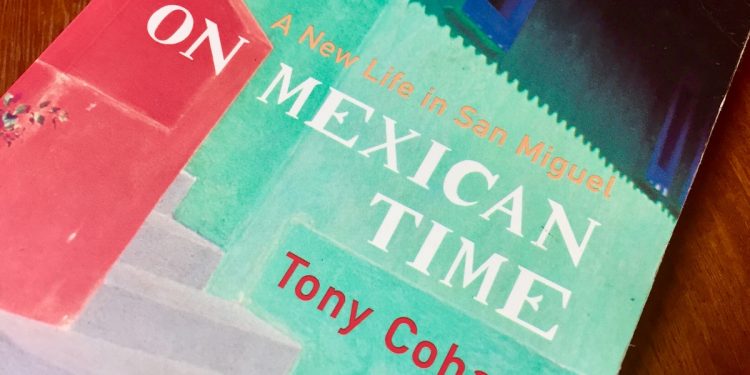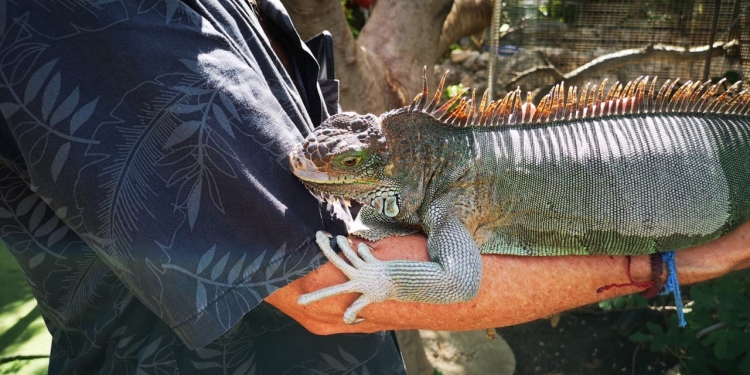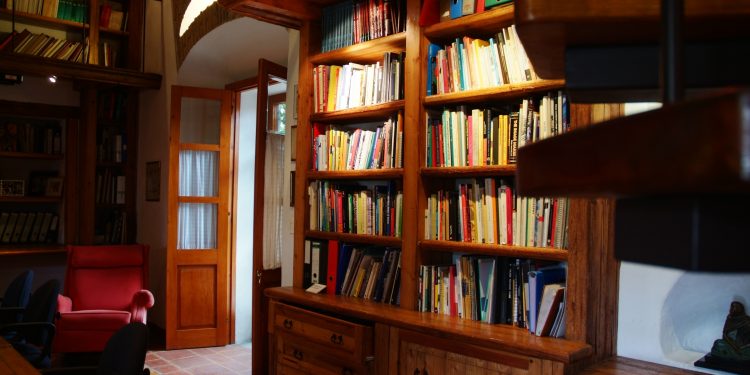One of the popular memoirs published about Mexico back around the turn of the millennium —now long-past its ‘best seller’ days— is Tony Cohan’s On Mexican Time.
The book narrates the experiences of Tony and his wife Masako as they serendipitously discover San Miguel de Allende in the 1980s, and soon afterwards spontaneously decide to leave their highly-strung life situations in Los Angeles and move to live in San Miguel.
Cohan’s chronicle is a blend of personal observations about a Mexican culture that is at once alien and alluring to the new arrivals, with narratives that describe some everyday experiences and sentiments foreign residents often pass through as they establish their presence here and begin to settle into their routines and surroundings.
The memoir traverses a 15-year interval of the couple’s life together, which begins around the time of the 1985 earthquake that rocked Mexico City and concludes around the time of the book’s publication date in 2000. The narratives illustrate Mexico as it was in that era, and if you had read this book at the turn of the century, you would have recognized the continuing presence then of what Tony Cohan describes, while also mindful that Mexico was on the cusp of significant change.
To anyone who’s lived in Mexico for a good while —reading this memoir today while reflecting on 35 years of changes— it’s immediately apparent how some things have moved-on and none so much, perhaps, as their constant struggles to keep in touch with family, friends, and associates using the old long-distance telephone kiosks, and the difficulties they encounter trying to get a telephone line working at the house they buy: matters which have been consigned to the annals of history with services like cellular telephony and widespread internet access.
Some aspects of the narrative describe a San Miguel that is now long-gone—and a San Miguel which the original foreign artists who settled there in the 1950s had asserted was gone by the time Cohan’s memoir was published.
The city has changed from being a bohemian sleepy backwater town where artists mustered to cultivate their work, to one of the most popular locations in Mexico’s history; sought-after by wealthy foreigners and Mexicans buying weekend homes in the historic district, and visited by tourists from across the world.
Tony Cohan and his wife purchased their old colonial home in the central historic district of San Miguel for US$65,000—a sum that would not cover the closing costs in today’s market, where property prices easily compete with Mexico City’s most trendy neighborhoods.
Although the story describes a Mexico of three decades past, one of the remarkable aspects of the memoir is that Cohan’s descriptions of now long-gone ways and means blend with those which continue to remain firmly present in the realms of everyday Mexican life and, in that sense, the book today serves as an account that describes Mexico on its own passage through Mexican time.
The book is published in hardback, paperback, and audio versions. It’s also available as an eBook. See the Author’s website.
Mexico in your inbox
Our free newsletter about Mexico brings you a monthly round-up of recently published stories and opportunities, as well as gems from our archives.






This book is good, although some of the information in it is dated. I think that another book by Cohan, _Mexican Days_, is better.
I read it and ,although it was enjoyable I found it a bit ironic that he ends up complaining about the influx of tourists that he helped to bring in!